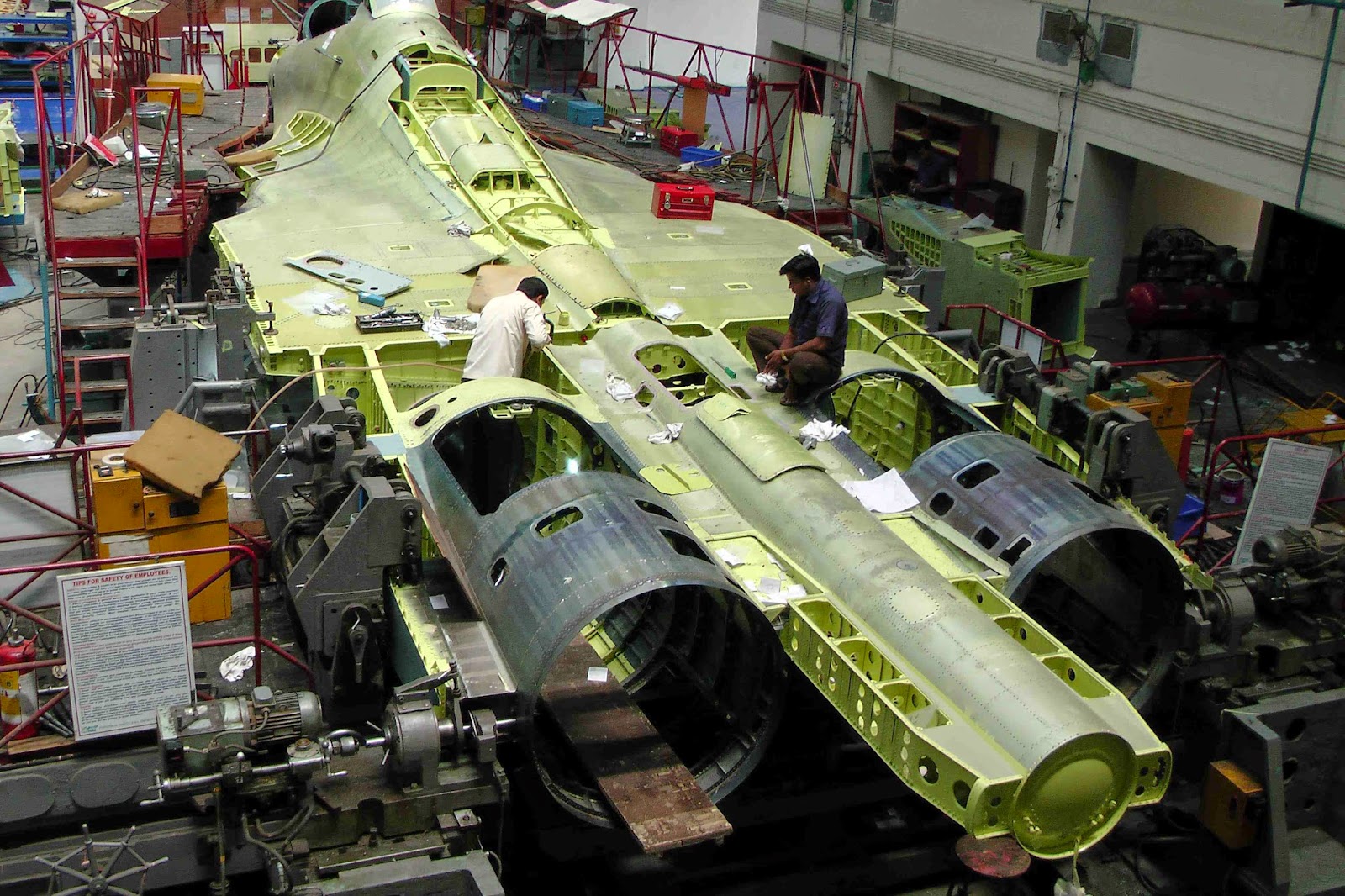dadeechi
BANNED

- Joined
- Sep 12, 2015
- Messages
- 4,280
- Reaction score
- -8
- Country
- Location
Need more time on 5th-gen fighter jet, India tells Russia
Ajay Banerjee
Tribune News Service
New Delhi, October 31
In the latest round of India-Russia military talks, New Delhi has told Moscow that it will need more time to examine the proposal to jointly develop the fifth generation fighter aircraft (FGFA).
The FGFA, which is under development, is very much a future requirement for the Indian Air Force (IAF) upgrade programme, the Russian side was conveyed last week at a meeting between Defence Minister Manohar Parrikar and his Russian counterpart General Sergey Shoigu in New Delhi.
“We have asked for greater details with regards to the work India will be doing in manufacturing the plane and also technology transfer,” a top source in the Ministry of Defence (MoD) said. India and Russia have been working to conclude a pending agreement to co-develop the FGFA.
New Delhi has told Moscow that it wants a new engine and the plane must have super cruise ability, a 360-degree radar ability, added stealth features among 40-odd other India-specific modifications over the existing prototype. A plane called the ‘T-50’ built by the Russians under the PAK-FA (Prospective Airborne Complex of Frontline Aviation) programme as FGFA is already being tested as prototype in Russia.
The two countries have to sign a research and development (R&D) contract for the FGFA, but before that the “wrinkles have to be ironed out”. The signing of a R&D contract has been pending since June 2013 when the preliminary design contract (PDC), which detailed out the fighter’s configuration, was completed. The PDC cost $295 million (Rs 1,500 crore approximately).
The IAF has said AL-41F1 engines being used on the existing T-50 were just upgraded versions of the Sukhoi-30MKI’s AL-31FP engines and it would need a new engine. Also, the MoD wants that the R&D contract should have an adequate share of work done in India, thus allowing Indian engineers to learn the art of designing and making a plane. The R&D contract is estimated to be for $4 billion (around Rs 26,000 crore). The R&D process and final development of the plane is expected to be spread across seven years.
An aircraft such as the FGFA would be ideal for missions deep into the enemy territory. The IAF is now operating at its lowest combat strength in more than a decade. It is down to 33 squadrons (some 16-18 planes in each) as against a mandated 42 squadrons needed for simultaneous and collusive two-front war scenario with Pakistan and China.
http://www.tribuneindia.com/news/na...en-fighter-jet-india-tells-russia/317186.html
Source: https://defence.pk/threads/need-mor...-jet-india-tells-russia.458939/#ixzz4OiQm2Mx1
Ajay Banerjee
Tribune News Service
New Delhi, October 31
In the latest round of India-Russia military talks, New Delhi has told Moscow that it will need more time to examine the proposal to jointly develop the fifth generation fighter aircraft (FGFA).
The FGFA, which is under development, is very much a future requirement for the Indian Air Force (IAF) upgrade programme, the Russian side was conveyed last week at a meeting between Defence Minister Manohar Parrikar and his Russian counterpart General Sergey Shoigu in New Delhi.
“We have asked for greater details with regards to the work India will be doing in manufacturing the plane and also technology transfer,” a top source in the Ministry of Defence (MoD) said. India and Russia have been working to conclude a pending agreement to co-develop the FGFA.
New Delhi has told Moscow that it wants a new engine and the plane must have super cruise ability, a 360-degree radar ability, added stealth features among 40-odd other India-specific modifications over the existing prototype. A plane called the ‘T-50’ built by the Russians under the PAK-FA (Prospective Airborne Complex of Frontline Aviation) programme as FGFA is already being tested as prototype in Russia.
The two countries have to sign a research and development (R&D) contract for the FGFA, but before that the “wrinkles have to be ironed out”. The signing of a R&D contract has been pending since June 2013 when the preliminary design contract (PDC), which detailed out the fighter’s configuration, was completed. The PDC cost $295 million (Rs 1,500 crore approximately).
The IAF has said AL-41F1 engines being used on the existing T-50 were just upgraded versions of the Sukhoi-30MKI’s AL-31FP engines and it would need a new engine. Also, the MoD wants that the R&D contract should have an adequate share of work done in India, thus allowing Indian engineers to learn the art of designing and making a plane. The R&D contract is estimated to be for $4 billion (around Rs 26,000 crore). The R&D process and final development of the plane is expected to be spread across seven years.
An aircraft such as the FGFA would be ideal for missions deep into the enemy territory. The IAF is now operating at its lowest combat strength in more than a decade. It is down to 33 squadrons (some 16-18 planes in each) as against a mandated 42 squadrons needed for simultaneous and collusive two-front war scenario with Pakistan and China.
http://www.tribuneindia.com/news/na...en-fighter-jet-india-tells-russia/317186.html
Source: https://defence.pk/threads/need-mor...-jet-india-tells-russia.458939/#ixzz4OiQm2Mx1

















